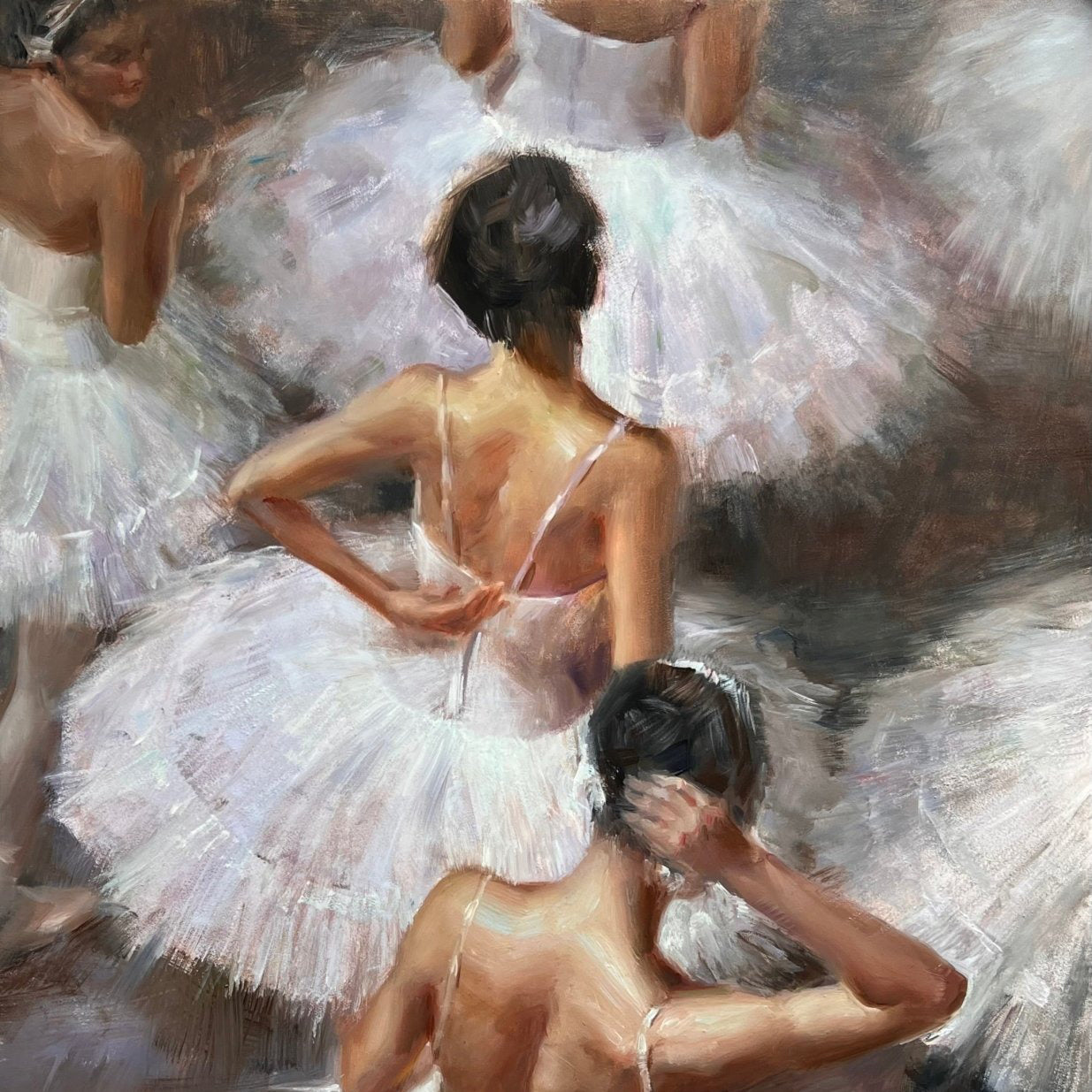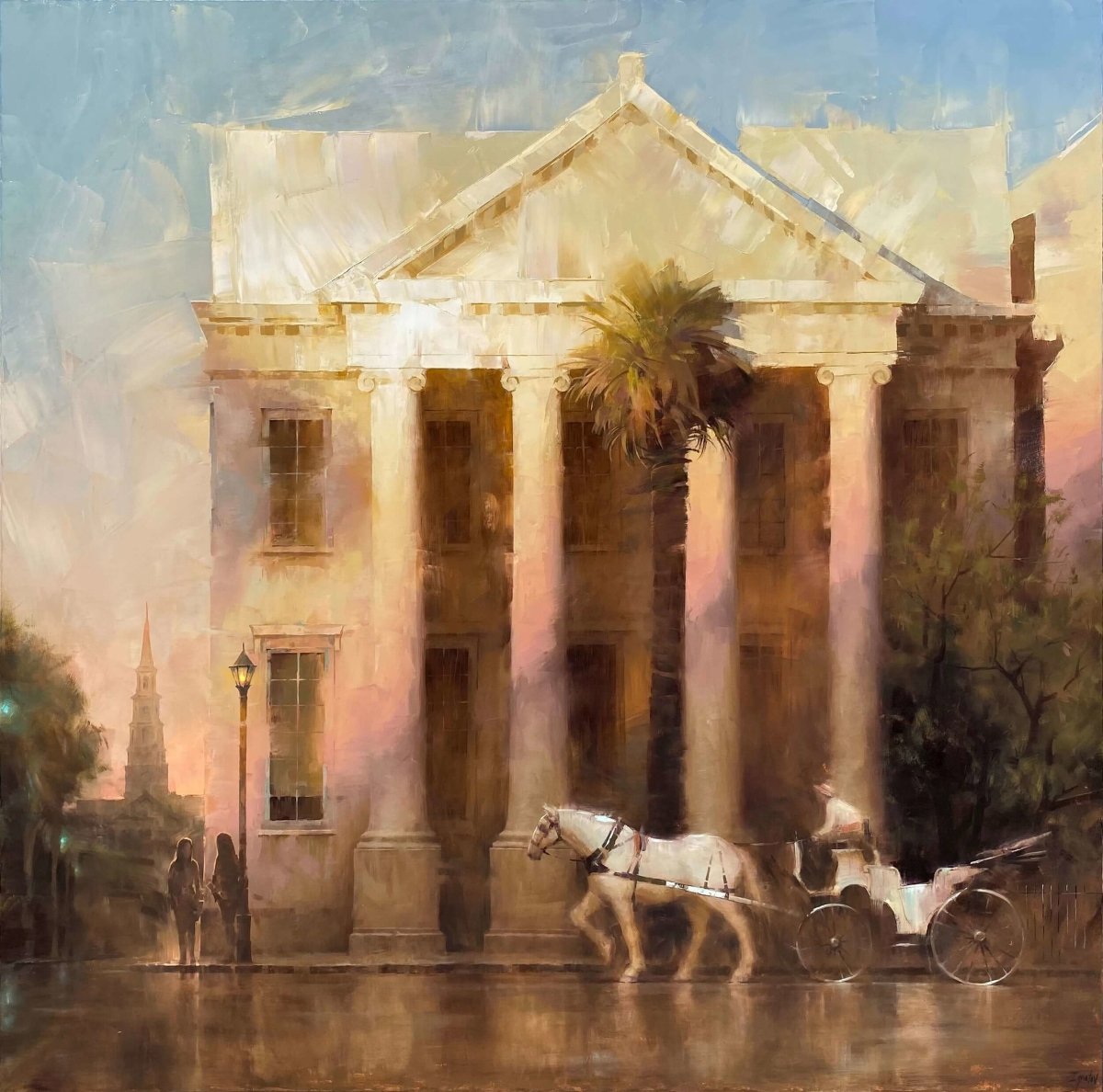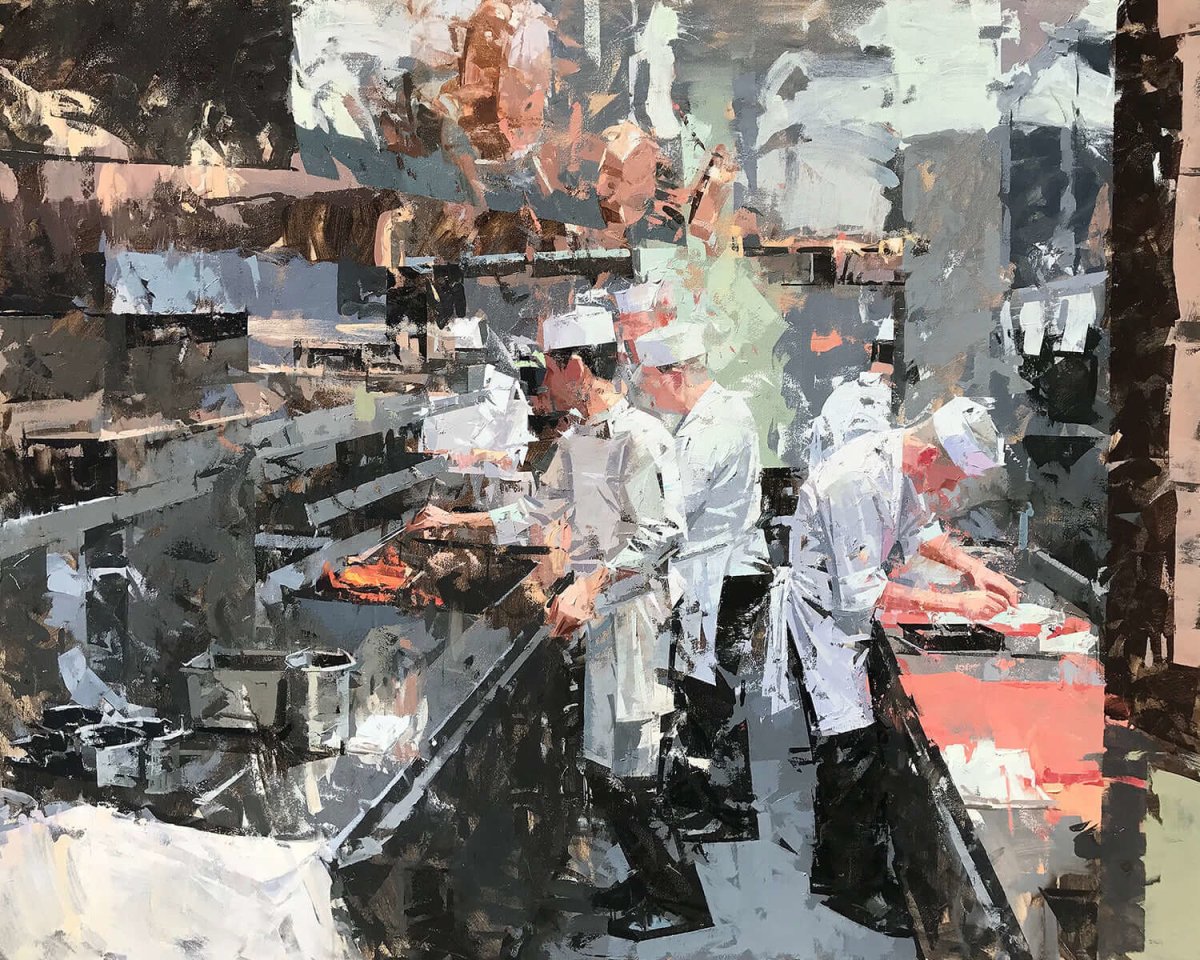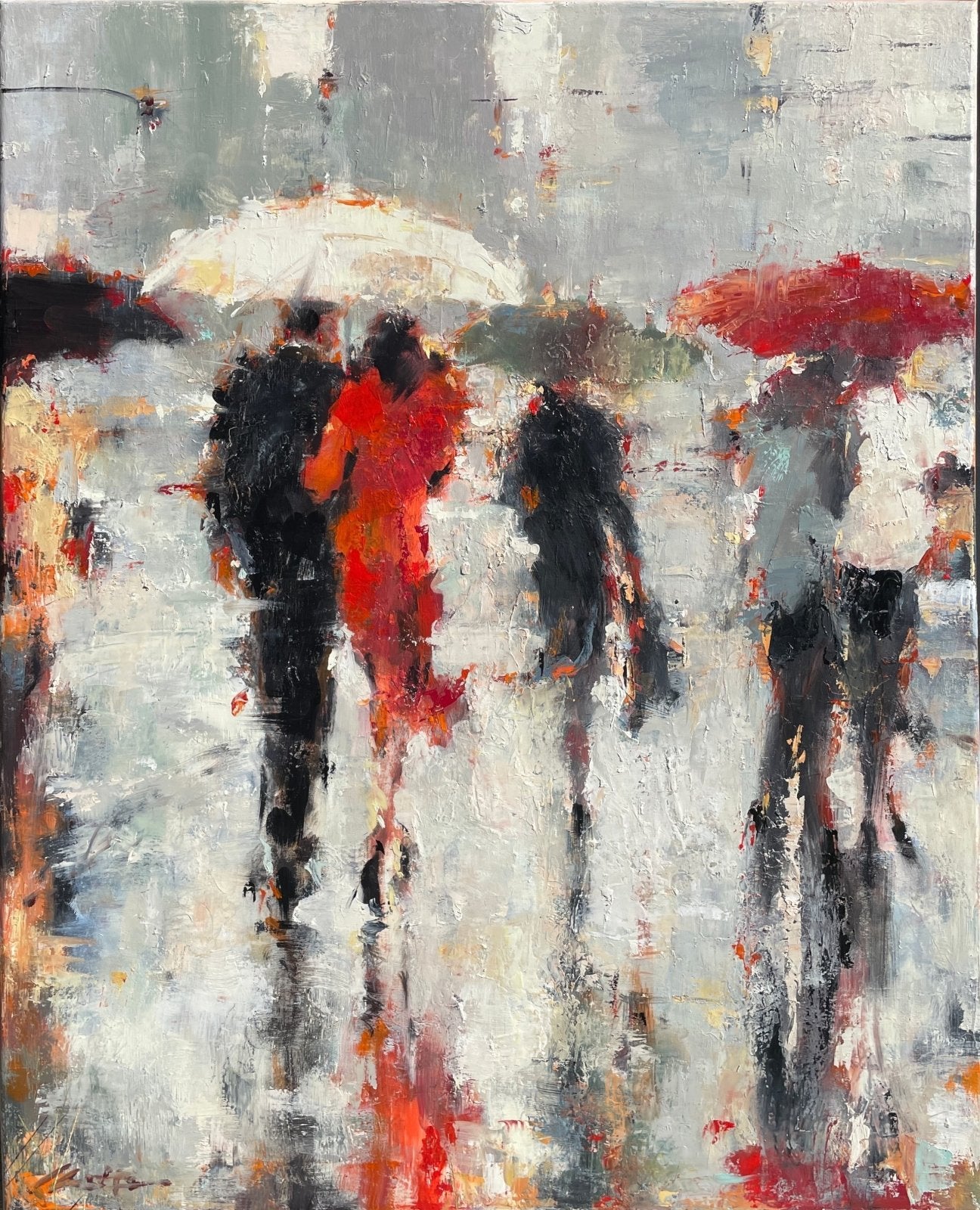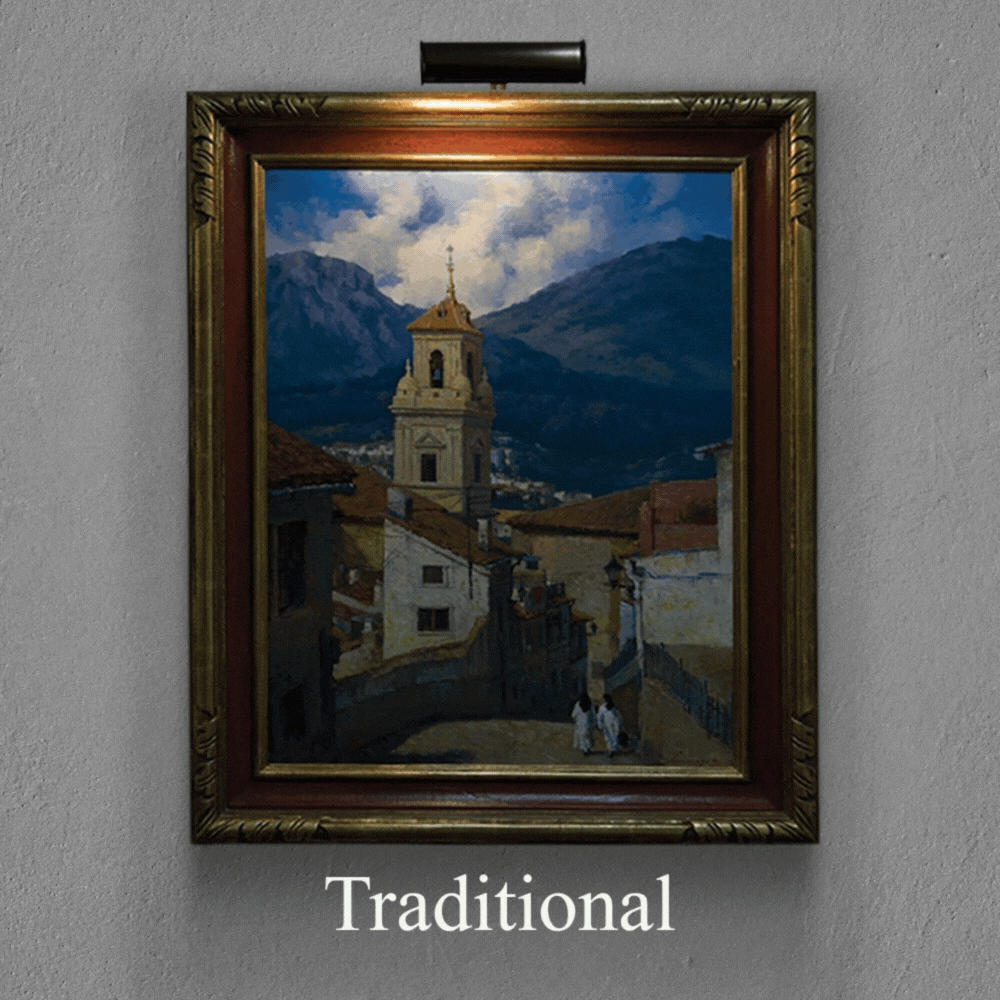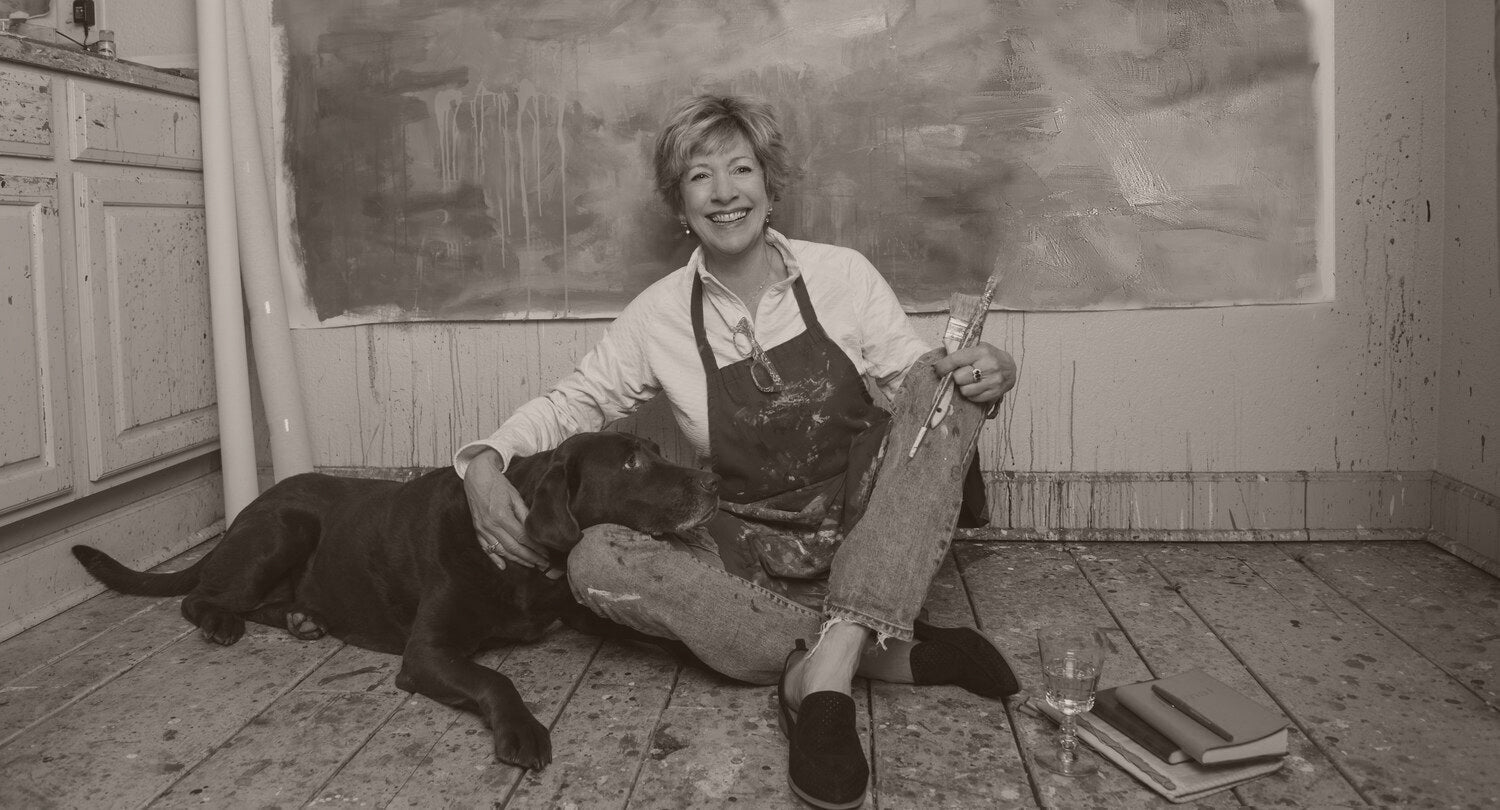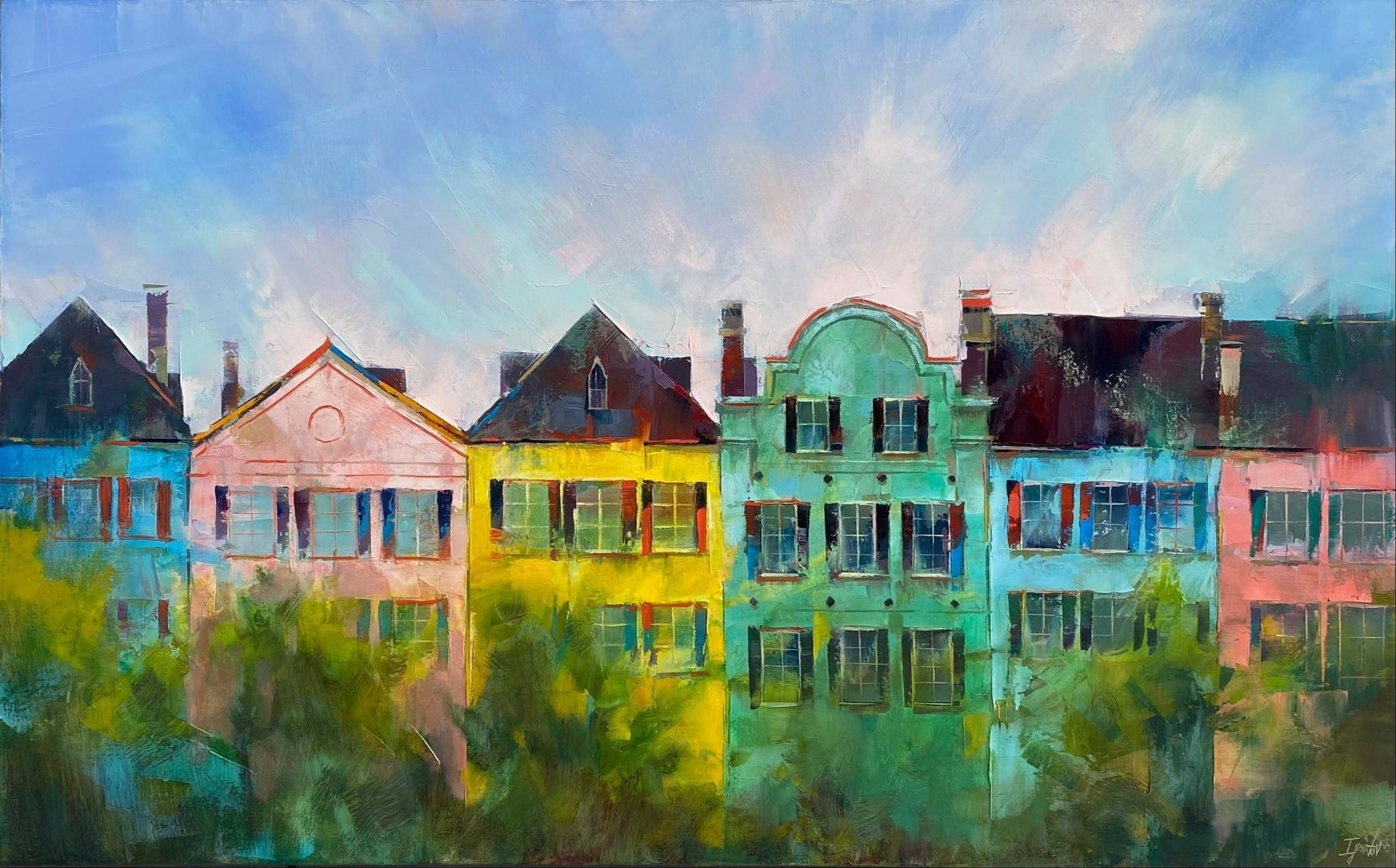Impasto Oil Paintings: A Mark Making Technique
Impasto oil paintings display a technique that involves applying thick layers of paint to create a textured surface, known as a mark making process, it has been utilized by artists for centuries. The above painting by Ning Lee is an excellent example of how imapsto can give a rich and textural quality to a painting.This approach allows artists to create visually engaging and expressive works by manipulating light and shadow, emphasizing texture, and adding dimensionality to their compositions.
The tactile nature of impasto paintings draws viewers in, providing them with a sensory experience that transcends the purely visual. As a versatile and powerful means of artistic expression, impasto painting demonstrates the myriad ways in which artists can use mark making to bring their visions to life.
The LePrince Fine Art Gallery in Charleston features several artists who routinely employ this method of mark making to differing degrees. Use of the impasto technique can readily be seen in works by Andy Braitman, Ning Lee, Kevin LePrince, and Deborah Hill.
This artistic approach allows artists to add a sense of volume and dimension to their work. The impasto technique also allows for greater expressiveness, as the thick layers of paint can capture the artist's gestures and emotions more vividly. The texture and sculptural quality of impasto paintings make them visually engaging.
Artists may choose to create impasto oil paintings for various reasons, such as:
-
Emphasizing texture: Impasto can create a rich, tactile surface, which can be visually appealing and add depth to a composition.
-
Capturing light: The raised areas of paint can catch light differently, creating a dynamic interplay of highlights and shadows.
-
Enhancing emotional impact: The bold use of paint and visible brushstrokes can convey an artist's emotions and energy more directly.
-
Adding dimensionality: Impasto can give the illusion of three-dimensionality, making a painting appear more lifelike and engaging.
-
Experimenting with materials: Impasto allows artists to explore the physical properties of paint and create unique visual effects.

In Ning Lee's "Sound of Blue" (pictured above) you can see how the textural quality of the impasto paint is utilized to express meaning.
Some famous examples of impasto oil paintings and their auction information include:
-
Vincent van Gogh's "Sunflowers" (1888): Van Gogh is renowned for his expressive brushstrokes and heavy use of paint. "Sunflowers" is an iconic example of impasto, with thick layers of paint capturing the texture of the flowers and the artist's intense emotions. In March 1987, one of the "Sunflowers" paintings sold for $39.9 million at Christie's auction house in London, setting a new record at the time for the highest price ever paid for a work of art.
-
Rembrandt van Rijn's "Portrait of Jan Six" (1654): Rembrandt is known for his mastery of impasto, skillfully using the technique to create depth and texture in his portraits. In "Portrait of Jan Six," the thick application of paint gives a sense of realism and dimensionality to the sitter's clothing and face. Although this painting has not been sold at auction, other works by Rembrandt have fetched significant sums, such as "Portrait of a Man with Arms Akimbo" which sold for $33.2 million in 2015.
-
Jackson Pollock's "No. 5, 1948": Pollock's innovative "drip paintings" are characterized by their intricate layers of paint and dynamic mark making. His impasto technique adds texture and energy to the composition, creating a sense of movement and depth. In 2006, "No. 5, 1948" reportedly sold for $140 million in a private sale, making it one of the most expensive paintings ever sold.
-
Claude Monet's "Water Lilies" series – Monet, a leading figure in the Impressionist movement, employed impasto techniques to capture the play of light on water and the surrounding vegetation. In 2014, "Water Lilies" (1906) was sold at auction for $54 million, while "Nympheas" fetched $43.8 million in 2015.
Creating an impasto oil painting typically involves several steps, which allow the artist to build up layers of paint and achieve the desired texture and depth. Here is an overview of the process:
-
Preparing the surface: Artists often use canvas or wooden panels for impasto oil paintings, as these surfaces can support the weight of the thick layers of paint. The surface may be primed with gesso to create a smooth, even texture.
-
Selecting materials: Artists use oil paints with a high pigment load and a stiff consistency for impasto. Some may also add impasto mediums, such as cold wax or alkyd gels, to increase the paint's viscosity and help it retain its shape once applied.
-
Applying the paint: Artists apply paint in thick layers using brushes, palette knives, or other tools. They may build up the paint in select areas to create texture and depth or use impasto throughout the entire painting for a more consistent effect.
-
Manipulating the paint: Artists may use a variety of techniques to create texture and dimension in their impasto paintings, such as dragging, stippling, or scumbling. These techniques can produce a wide range of effects, from smooth, undulating surfaces to rough, jagged edges.
-
Allowing time for drying: Impasto oil paintings can take a long time to dry due to the thickness of the paint, so artists may need to wait several days or even weeks between layers.
-
Adding finishing touches: Once the painting is complete, the artist may add final details or touches of color to enhance the overall effect. They may also varnish the painting to protect it and give it a glossy finish.
Overall, impasto oil painting is a versatile technique that can be used to create a wide range of effects and styles. Its rich texture and sculptural quality make it a popular choice among artists who want to add depth, dimension, and emotional impact to their work.
Throughout this process, artists have the flexibility to experiment with various techniques, tools, and materials to achieve the desired look and feel for their impasto oil paintings. The final result is a unique work of art with rich texture, depth, and dimension, showcasing the artist's skill and vision.


